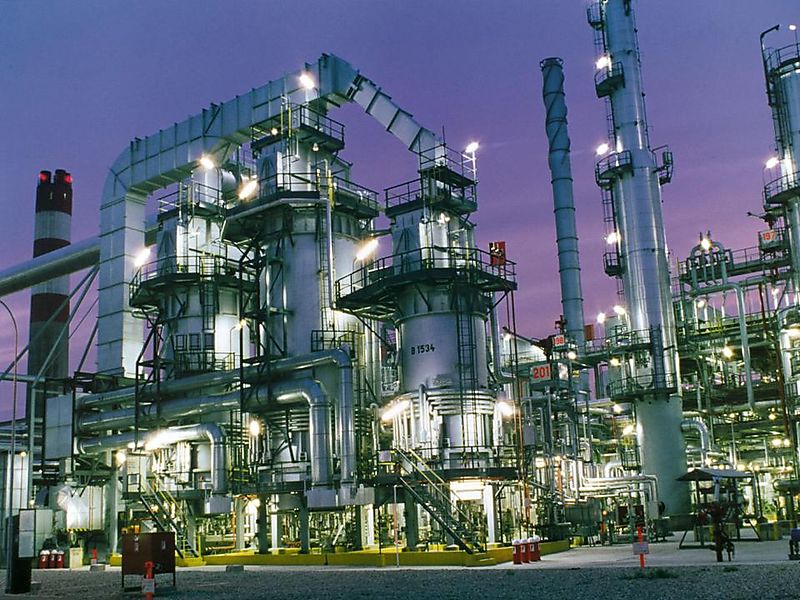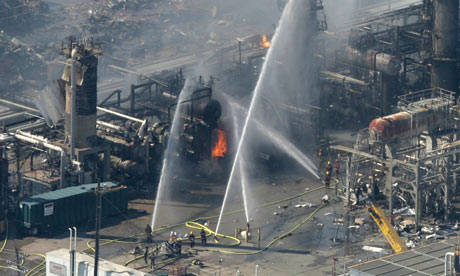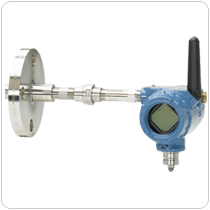Industrial Automation & Sensors Blog
Why the Next Two Weeks are Critical to Level, Pressure, and Temperature Sensor Suppliers
The oil & gas sector is the most important vertical industry for level, pressure, and temperature related automation component manufacturers. This process industry is highly automated and proprietors are continuously looking for new solutions that drive efficiency and production. Refineries and their various operating units such as the crude oil distillation units and fluid catalytic cracker units will soon undergo scheduled maintenance and downtime, commonly referred to as a Turnaround. Turnarounds, or TARs, are scheduled periods of downtime where a processing unit is altered in order to prepare for the process of different materials or chemicals. The industry will enter a new period of downtime in the next few weeks (early October) as refineries switch from producing gasoline products and start to refine heating oil for the winter.

TARs tend to be the only time where a process or automation engineer will install new automation solutions into an existing process unit. These maintenance periods are often scheduled months in advance in order to properly prepare. Suppliers of level, pressure, and temperature sensors should use this time in order pursue new business and to develop existing relationships. There will be several key features that end users will be looking for during this cycle.

Safety will be a concern as new regulation has forced the industry to comply with updated standards. Suppliers are now offering SIL rated solutions that can replace two parallel transmitters which would commonly be connected in order to provide the needed level of safety. ABB has been leading with their 2600T Series Pressure Transmitters. Innovation within this product category has been strong and the products now offer features such as self calibration and sensor health diagnostic information. These types of advanced features are found amongst newer sensors and are commonly referred to as smart sensors.

Smart sensor solutions will be another focus point as end users seek to streamline their automation processes. Smart or intelligent sensors are umbrella terms used to describe sensors with advanced functionality. These sensors commonly house an application specific integrated circuit (ASIC) which is a microchip that allows for the advanced features. Emerson currently offers a large array of smart sensor solutions including the 3144P Temperature Transmitter which uses the ASIC to average temperature readings from multiple sensors. The 3144P also has a feature, Hot Backup, which automatically switches the transmitter to a backup sensor in order to preserve the operation of the temperature measurement system. Advanced features that can be performed at the sensor and transmitter level have several advantages including the offloading of computing resources from the central processing node to the sensor node. This dramatically increases the efficiency and redundancy of the system while also cutting down on maintenance expenditures by simplifying replacement procedures.

Automation component suppliers should use the next few weeks to reconnect with business contacts in the oil & gas industry. Many changes have occurred within the industry landscape as hydrofracking has led to large supplies of domestic oil and natural gas. End-user engineers will be looking to employ the latest technology in order to modernize existing assets. Suppliers can maximize their results by promoting new features and functionality during this brief and critical time window.